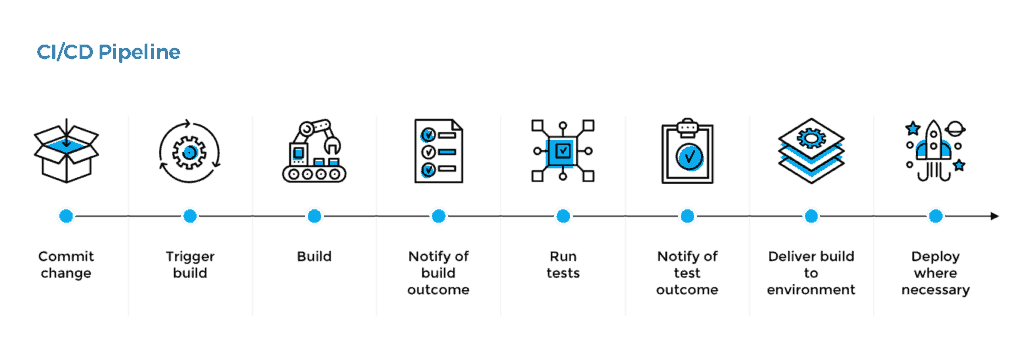Effort Estimation Example
For a 25 KLOC organic project:
- Constants for organic project: a = 2.4, b = 1.05
Development Time Estimation
Development time (TDEV)*:
- Constants: c = 2.5, d = 0.38
*actual calendar time required to complete the project.
COCOMO Advantages
- Objective estimates from historical data.
- Adaptable to different project types.
- Accounts for various development factors (personnel, tools, etc.).
COCOMO Limitations
- Relies on accurate size estimation.
- Historical data may not suit modern practices.
- Assumes equal contribution of all code to effort.
Requirments Engineering
Developers and stakeholders work together to gather and define the software’s functional and non-functional requirements. This is followed by documenting the requirements in a formal specification to guide the development process
- Functional
- describes the specific behaviors, actions, or functionalities that a system must support
- describes the specific behaviors, actions, or functionalities that a system must support
- Non-functional
- specifies the quality attributes or constraints of a system, such as performance, security, scalability, and usability
Covered in detail in week 3.
Design
System design is divided into high-level design (HLD) and low-level design (LLD). HLD defines the system architecture, while LLD focuses on specifics like data structures and algorithms
-
UML diagrams
-
Activity diagrams, which show the activities involved in a process or in data processing .
-
Use case diagrams, which show the interactions between a system and its environment.
-
Sequence diagrams, which show interactions between actors and the system and between system components.
-
Class diagrams, which show the object classes in the system and the associations between these classes.
-
State diagrams, which show how the system reacts to internal and external events.
*Covered in week 4.
-
Implementation (Coding)
Developers begin writing the actual code based on the design documents. Version control systems are typically used, and the code is reviewed regularly to maintain quality
- Reuse Most modern software is constructed by reusing existing components or systems. When you are developing software, you should make as much use as possible of existing code.
- Configuration management During the development process, you have to keep track of the many different versions of each software component in a configuration management system.
- Host-target development Production software does not usually execute on the same computer as the software development environment. Rather, you develop it on one computer (the host system) and execute it on a separate computer (the target system).
Covered in week 6
Testing
The software undergoes rigorous testing, including unit, integration, and system testing, to identify and fix bugs. User Acceptance Testing (UAT) ensures the software meets the user's needs.
-
Feature Tests
-
Functional Testing
-
Performace and Load Testing
-
Security Testing
-
Test Driven Development
-
Unit Testing
-
User Testing
Covered in week 8
CI/CD (Deployment & Maintenance)
-
Once testing is completed, the software is deployed in the production environment. The deployment could be done in phases or all at once, depending on the project's scale
-
After deployment, the software enters the maintenance phase, where it is regularly updated, bugs are fixed, and improvements are made based on user feedback

Covered throughout, but specifically week 11
Legal and Ethical
Software Engineering Ethics
- Software engineering involves wider responsibilities than simply the application of technical skills.
- Software engineers must behave in an honest and ethically responsible way if they are to be respected as professionals.
- Ethical behaviour is more than simply upholding the law but involves following a set of principles that are morally correct
Question: What are the key characteristics of ethical behaviour?
Issues of professional responsibility
- Confidentiality
- Engineers should normally respect the confidentiality of their employers or clients irrespective of whether or not a formal confidentiality agreement has been signed.
- Competence
- Engineers should not misrepresent their level of competence. They should not knowingly accept work which is out with their competence.
Issues of professional responsibility
- Intellectual property rights
- Engineers should be aware of local laws governing the use of intellectual property such as patents, copyright, etc. They should be careful to ensure that the intellectual property of employers and clients is protected.
- Computer misuse - CMA 1990
- Software engineers should not use their technical skills to misuse other people’s computers. Computer misuse ranges from relatively trivial (game playing on an employer’s machine, say) to extremely serious (dissemination of viruses).
Computer Misuse Act 1990
- Unauthorised access to computer material.
- Unauthorised access with intent to commit or facilitate commission of further offences.
- Unauthorised acts with intent to impair, or with recklessness as to impairing, operation of computer, etc.
- Unauthorised acts causing, or creating risk of, serious damage
- Making, supplying or obtaining articles for use in offence under section 1,3 or 3za
ISO
-
ISO/IEC/IEEE 12207:2017
- Systems and software engineering — Software life cycle processes
-
ISO/IEC/IEEE 15288:2023
- Systems and software engineering — System life cycle processes
-
ISO/IEC 25010:2023
- Systems and software engineering — Systems and software Quality Requirements and Evaluation (SQuaRE) — Product quality model
-
ISO/IEC/IEEE 29119-1:2022
- Software and systems engineering — Software testing